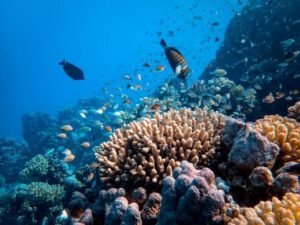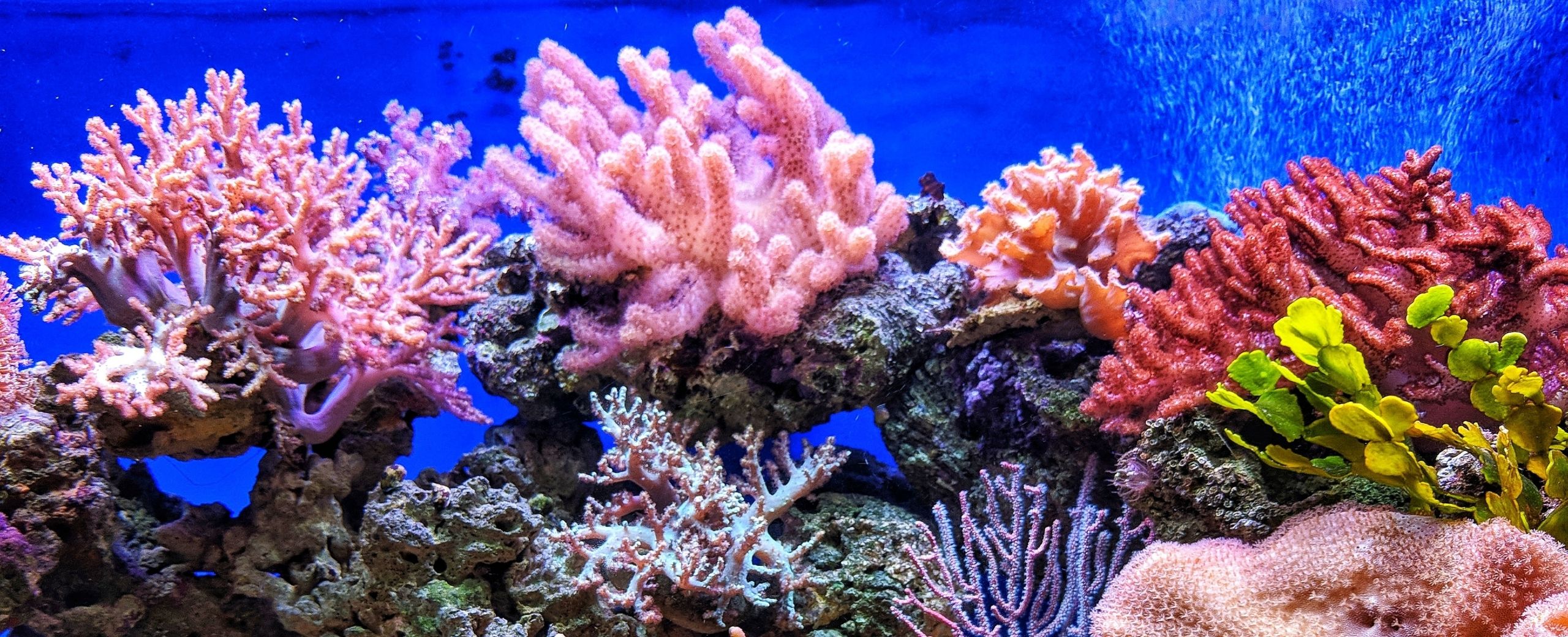A new study led by ECOncrete’s Head of Biology, Marine Biologist Dr. Yaeli Rosenberg and Prof. Oren Levy, recently made some waves: it shows that while some urban corals appear healthy, their natural biorhythms are being disrupted by coastal urbanisation.
The study investigates the impacts of urban proximity on corals and its findings warrant grave concern for their future.
Coral reefs are in global decline due to climate change and those located close to coastal cities or other densely populated areas face a range of additional challenges.

Marine Biologist Dr. Yaeli Rosenberg
While considerable progress has been made in understanding coral responses to acute individual stressors, the impacts of chronic exposure to a wider range of lesser investigated sensory pollutants remains largely unknown.
In order to address this, the research team conducted an in-natura study while sampling at a daily, monthly, and seasonal cycles to compare biorhythms corals from an urban area to corals from a non-urban area.
Although corals surveyed in urban areas appeared relatively healthy, their natural biorhythms and environmental sensory systems were extensively disturbed.

Urban corals: biorhythms are being destroyed
Transcriptomic and physiological data indicated poor symbiont performance, disturbance to gametogenic cycles and loss or shifted seasonality of vital biological processes.
The research team also observed altered seasonality patterns in the microbiomes of the urban corals, signifying the impact of urbanization on the holobiont – the host and species living within and not the coral host alone.
The findings from the comprehensive analyses undertaken in this study ought to raise alarm among the marine scientific community at large. The study highlights how much more we have to learn about the long-term impacts of sensory pollution on the resilience and survival of coral reefs close to coastal communities.
Get the full paper on the journal page or reach out to us for more information.
Author credits: Dr. Yaeli Rosenberg with Prof. Oren Levy, Director of the Marine Lab at Bar-Ilan’s Mina and Everard Goodman Faculty of Life Sciences, led the team, which included Dr. Shahar Alon (Bar-Ilan University Faculty of Engineering); Prof. Aldo Shemesh’s lab (Weizmann Institute of Science), the Bioinformatic Services Unit (University of Haifa), Prof. Chris Voolstra’s lab (University of Konstanz, Germany), and Prof. David Miller’s lab (ARC Centre of Excellence for James Cook University in Queensland, Australia). This research was supported by a grant to Levy from the Israeli Science Foundation.
